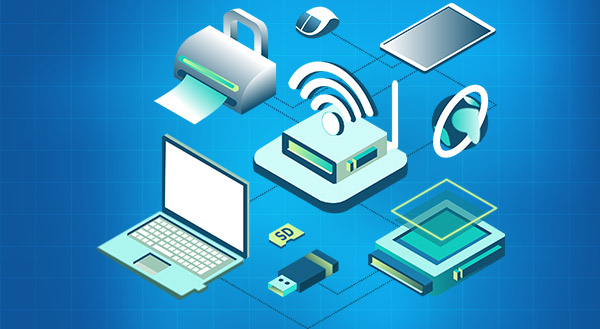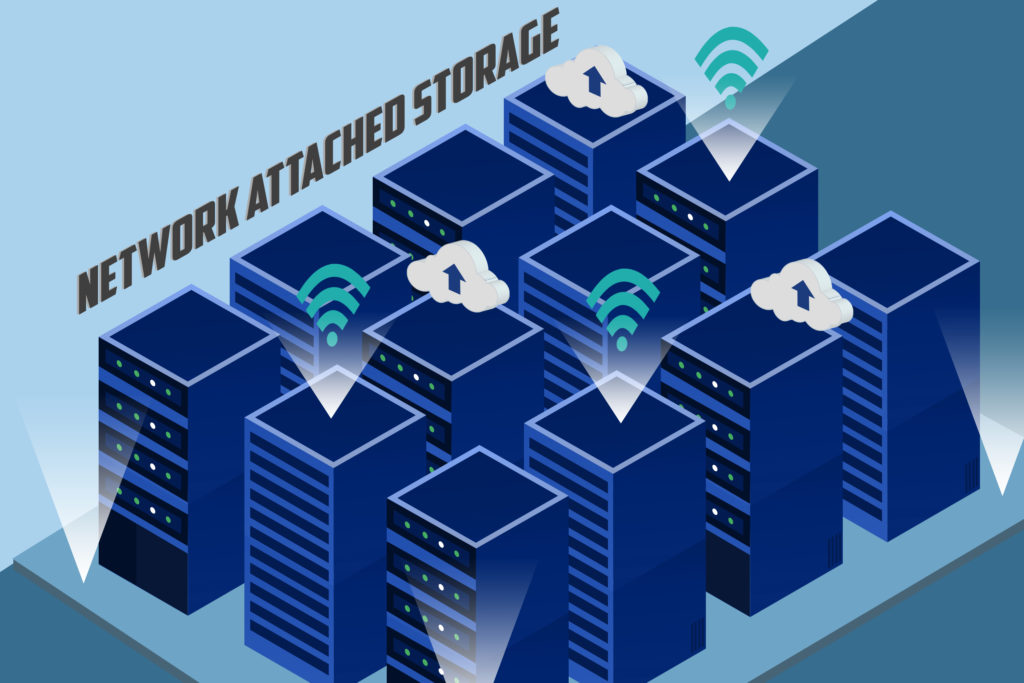
Introduction
In today’s digital era, most businesses couldn’t do without a reliable internet and phone connection. However, recent events have shown us the potential risks of relying on a single network source.
One such incident occurred when Optus, one of Australia’s leading telecom providers, experienced a massive outage, leaving an estimated 400,000 businesses without internet or phone connectivity.
In this article, we’ll discuss the consequences of this outage, highlight the importance of network redundancy, and offer insights into how a managed service provider can help businesses ensure continuity in the face of such disruptions.
The Impact of the Optus Outage
The Optus outage had a profound impact on businesses across Australia. Payment machines, which rely on internet connectivity, were rendered useless, causing significant disruptions in sales and lost opportunities.
This outage hit particularly hard for businesses operating on razor-thin profit margins, as every missed transaction meant a potential loss of revenue. The inability to process payments affected businesses directly and had the potential to damage their reputation, as customers could not make purchases.
The Need for Network Redundancy
The Optus outage is a stark reminder of the importance of network redundancy. Network redundancy refers to having multiple independent network connections, ensuring that another connection can seamlessly take over if one fails.
An example of independent connections could be a wired internet connection with one internet service provider and a wireless 4G connection with a different provider.
This redundancy is particularly critical for businesses that rely heavily on internet connectivity for their day-to-day operations, such as e-commerce websites, online service providers, and remote teams.
While outages such as the one experienced by Optus are relatively rare, they can have severe consequences for businesses. Network redundancy is about not only outages but also slow networks, scheduled maintenance, or other unforeseen circumstances.
How a Managed Service Provider Can Help
Implementing and managing network redundancy can be complex for businesses, especially those without dedicated IT departments. This is where a managed service provider (MSP) can play a crucial role. An MSP specializes in providing comprehensive IT solutions and support, including network redundancy.
The MSP can identify the most suitable backup network providers, set up failover mechanisms, and ensure seamless transitions in case of network disruptions.
Proactive Monitoring and Support
An MSP can proactively monitor network connections and provide immediate support in case of any issues or outages. They can detect potential problems before they escalate, minimizing downtime and ensuring the backup network is always ready to take over if needed.
Conclusion: Ensuring Business Continuity
The Optus outage is a powerful reminder of the importance of network redundancy for businesses.
In a world where uninterrupted connectivity is vital, network redundancy is a proactive step towards ensuring your business stays online and provides a seamless experience to customers.
If you’re looking to safeguard your business against network disruptions and ensure you stay online, reach out to our team of experts. We provide tailored IT solutions that keep your business connected and thriving despite unforeseen challenges.
Contact us today at (515)422-1995, and let us help you build a resilient and reliable network infrastructure.





 Wi-Fi has forever changed the way we live, work and play. We can surf the internet on the couch or by the pool, look up a recipe in an instant, and even connect our lights to voice control. It’s no wonder it was accepted with open arms, but is your Wi-Fi as good as it needs to be?
Wi-Fi has forever changed the way we live, work and play. We can surf the internet on the couch or by the pool, look up a recipe in an instant, and even connect our lights to voice control. It’s no wonder it was accepted with open arms, but is your Wi-Fi as good as it needs to be?
